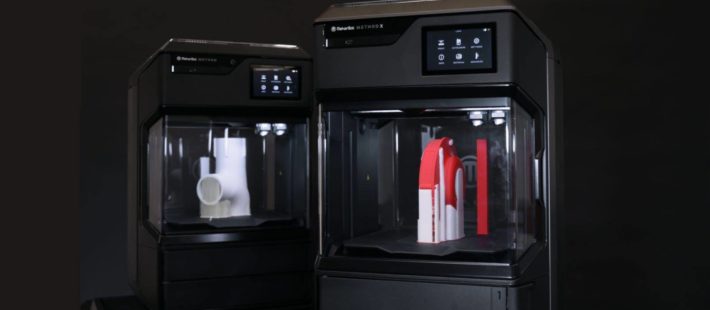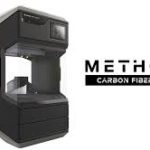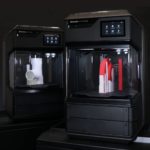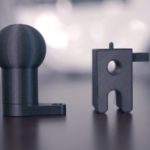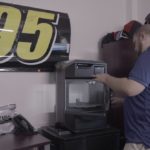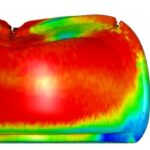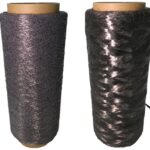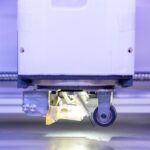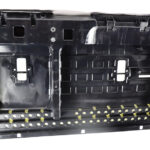One of the NASCAR Cup Series Team, Leavine Family Racing, has chosen the MakerBot METHOD X ™ 3D Printer for its broad portfolio of advanced materials and thermoplastics available for both rapid prototyping and final parts.
The racing team completed the 2020 NASCAR Cup Series season with a top 20 finish and has raced the No. 95 Toyota Camry from 2011 to 2020.
Michael Leavine, vice president of Leavine Family Racing said that “Advancing additive manufacturing is something I’ve been a proponent of for the past few years. I believe it will change how we fundamentally manufacture in our sport”.
Why the choice of METHOD
Leavine needed high strength and high heat resistant materials for the racing parts. METHOD has been selected because it presented an answer and obvious advantage for Leavine’s need: METHOD is in fact able to pint at extremely high temperatures.
Leavine decided to adopt 3 MakerBot METHOD X 3D printers:
- 2 for the garage
- 1 that could be placed in the Leavine office or carried on the road and used during the races
Looking at Leavine’s past
InitiallyLeavine had entered the world of 3D printing with a preference for an extremely economical approach. Instead of working with a supplier, Leavine decided to buy a low-end 3D printer online and to produce the necessary parts in-house.
An example of this approach is the production of pucks, a sensitive aerodynamic component present on cars for better performance. The inch-wide pucks are used to fill the holes in the splitters on cars. The cost of an injection-molded disc was $ 5 just for one-time use, Leavine managed in this way to save $ 20,000- $ 25,000 per year.
New applications in races with 3D printing
Subsequently, Leavine welcomed and explored other applications with 3D printing. This is the case of assembly prototyping and equipment manufacturing. As reported above the vice president of Leavine Family Racing is adamant that additive manufacturing could change their manufacturing processes.
Technicians can have direct and quick access to 3D printers and they are now able to independently produce prototypes and end-use parts. This will save time and money and gives more space to the team’s creativity.
The team used METHOD for different aims:
- To print dummy camera pods mounted on the tail of the car. They printed these elements on-site and they didn’t have to remove the race-ready parts from the car during the body manufacturing process…a clear time saver!
- To print the air intake duct inside the car. Temperatures around it can get very high, so it requires a part very robust and able to maintain its integrity even in extreme temperatures
Here comes carbon fiber
For this second application, it was used a material with great strength and thermal performance: MakerBot Nylon Carbon Fiber. In fact, it produces strong and accurate parts and it could be applied to print metal replacement parts in some applications.
The heated chamber of the METHOD X 3D printer reaches up to 110 degrees Celsius, allowing parts to cool gradually to prevent warping and wrinkling.
 |
Subscribe now
|
Source: 3D Printing Media


